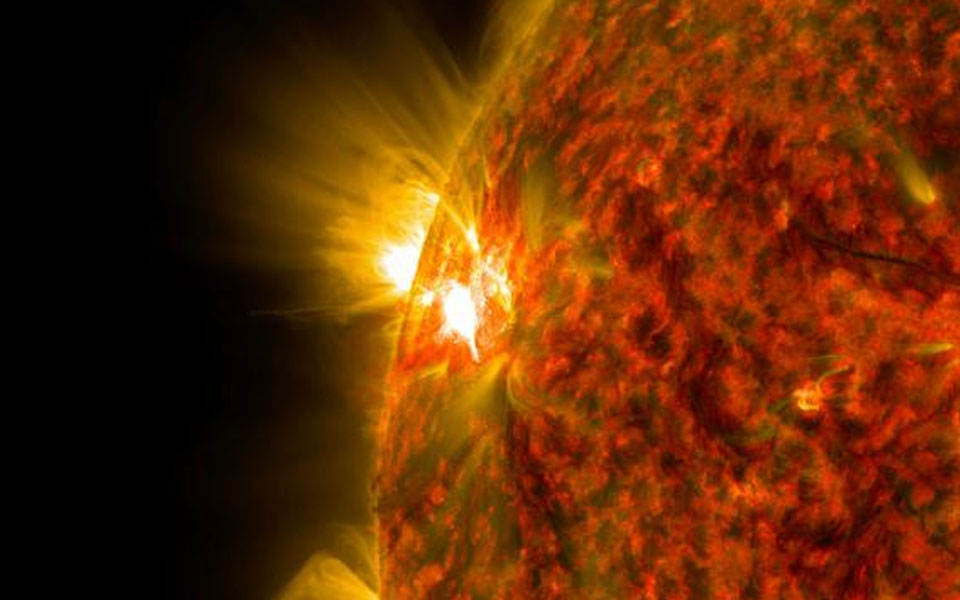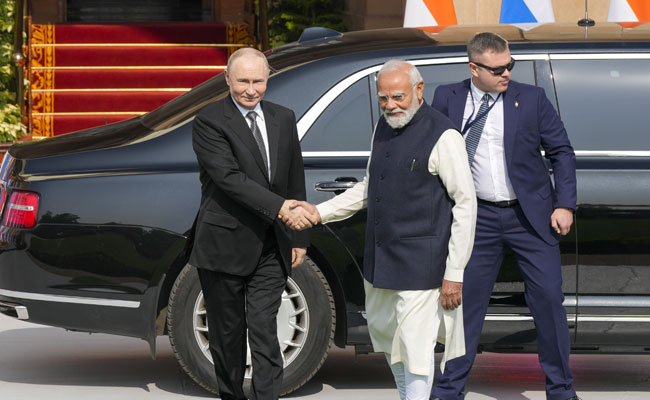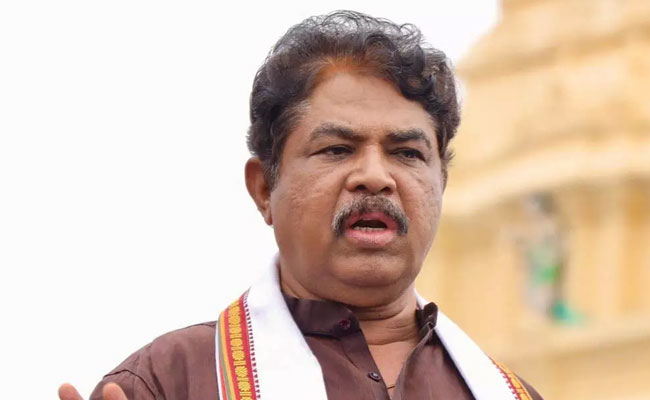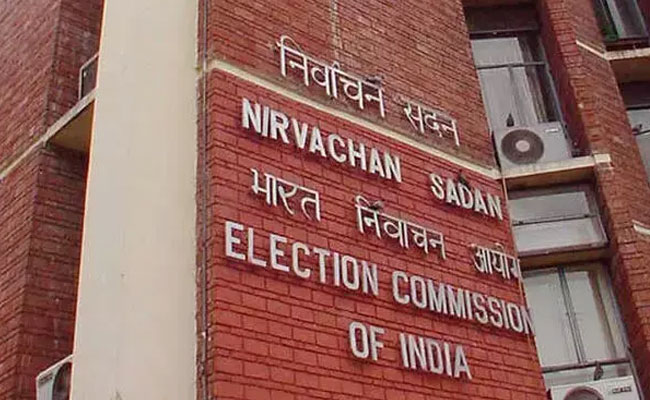Washington, July 23 : US space agency NASA is preparing to launch a probe in August to study the Sun closer than any human-made object ever has, revealing multiple mysteries behind the star.
The car-sized spacecraft called Parker Solar Probe is slated to lift off no earlier than August 6 on a United Launch Alliance Delta IV Heavy, according to NASA, Xinhua news agency reported.
The Sun's atmosphere constantly sends magnetized material outward, enveloping our solar system far beyond the orbit of Pluto.
Coils of magnetic energy can burst out with light and particle radiation that travel through space and create temporary disruptions in our atmosphere, sometimes garbling radio and communications signals near Earth.
Therefore, the key to understanding its origins lies in understanding the Sun itself and that's where Parker Solar Probe comes in, according to the researchers at NASA.
The spacecraft carries a lineup of instruments to study the Sun both remotely and directly.
One science task is the mystery of the acceleration of the solar wind, the Sun's constant outflow of material, and the other is the secret of the corona's enormously high temperatures, according to NASA.
Also, Parker Solar Probe's instruments might reveal the mechanisms at work behind the acceleration of solar energetic particles, which can reach speeds more than half as fast as the speed of light as they rocket away from the Sun. Such particles can interfere with satellite electronics, especially for satellites outside of Earth's magnetic field.
The biggest breakthrough for the spacecraft is its cutting-edge heat shield, according to NASA.
"The Thermal Protection System (the heat shield) is one of the spacecraft's mission-enabling technologies," said Andy Driesman, Parker Solar Probe project manager at the Johns Hopkins Applied Physics Lab. "It allows the spacecraft to operate at about room temperature."
The heat shield is a sandwich of carbon-carbon composite surrounding nearly four and half inches of carbon foam, which is about 97 per cent air.
"The launch energy to reach the Sun is 55 times that required to get to Mars, and two times that needed to get to Pluto," said Guo Yanping from the Johns Hopkins Applied Physics Laboratory, who designed the mission trajectory.
The Delta IV Heavy is one of the world's most powerful rockets.
"During summer, Earth and the other planets in our solar system are in the most favourable alignment to allow us to get close to the Sun," said Guo.
Let the Truth be known. If you read VB and like VB, please be a VB Supporter and Help us deliver the Truth to one and all.
Mumbai (PTI): Aviation watchdog DGCA on Friday eased the flight duty norms by allowing substitution of leaves with a weekly rest period amid massive operational disruptions at IndiGo, according to sources.
As per the revised Flight Duty Time Limitations (FDTL) norms, "no leave shall be substituted for weekly rest", which means that weekly rest period and leaves are to be treated separately. The clause was part of efforts to address fatigue issues among the pilots.
Citing IndiGo flight disruptions, sources told PTI that the Directorate General of Civil Aviation (DGCA) has decided to withdraw the provision 'no leave shall be substituted for weekly rest' from the FDTL norms.
ALSO READ: 49 Indigo flights likely to be cancelled from Hyderabad
"In view of the ongoing operational disruptions and representations received from various airlines regarding the need to ensure continuity and stability of operations, it has been considered necessary to review the said provision," DGCA said in a communication dated December 5.
The gaps in planning ahead of the implementation of the revised FDTL, the second phase of which came into force from November 1, have resulted in crew shortage at IndiGo and is one of the key reasons for the current disruptions.
#BREAKING: #DGCA relaxes a clause which debarred airlines to club leaves with weekly rest to mitigate #IndiGo crisis
— Economic Times (@EconomicTimes) December 5, 2025
🔴 Catch the day's latest news here ➠ https://t.co/8eVBGnsJUA 🗞️ pic.twitter.com/KUWc8R2Kso





